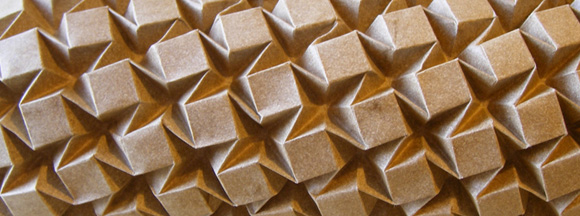Designers have a clear task to do. Like other workers, we {verb} to create {noun} which we then sell. Simple. The {verb}, in our case, is "To Design". The {noun} could be a variety of things, but let's assume that it's either a product itself or a specification — like a set of drawings or CAD models for tooling — describing how to produce an object or objects. This arrangement of of linguistic rules and ontological ordering seems right; it makes sense to be paid to take less ordered materials, and give them more order.
We believe we're being paid for this order - the increased order in the object itself, that derives from our labor. And at the same time, we are surprised when products have externalized costs or cause hidden damage. The weakness isn't our designs. The weakness is in how we conceive of what we are being paid to create.
A design is a network of choices, influences, and consequences. A good design should locate its interventions (physical, social, ideological) in the best place within this network to achieve a set of goals for stakeholders. A good designer should work to make the most beautiful tangle of consequences possible.











